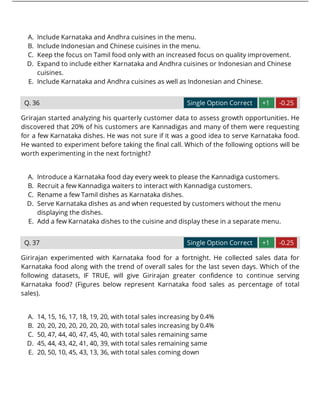

(In most browsers, hover over the video to display the controls if they're not already visible.) The red hollow circle represents where he is fixating. This gaze replay shows a mobile user scanning in the F-pattern as he researches portrait camera lenses.


Your browser does not support the video tag. The red color on this heatmap is an example of the F-shaped pattern - same today as 11 years ago. : This heatmap from our new study aggregates data from 47 people as they tried to learn how many Sumatran tigers live in the wild. A typical example of the longevity of UX findings which depend more on human behavior than on technology. Our recent eyetracking research shows that the F-shaped scanning pattern is alive and well in today’s world - both on desktop and on mobile.
#F WORD 2017 ONLINE FULL#
So, in an F-pattern, the gazes on the left fall on the left part of the content area, not on the very leftmost part of the full page, if the left column is occupied by a navigation rail. Thus, it describes people’s behavior when they visit a web page and assess its content, not their behavior when they are in a new section of the website and inspect the navigation bars (typically at the top and/or left of the page) to decide where to go next. The F-shaped pattern applies to users’ reading of the content area of the web page. For example, in some cases, people may become interested in a paragraph down the page and may fixate on more words, reading toward the right again, so the pattern comes to resemble an E. This scanning pattern resembles the shape of the letter F, but it is rarely a perfect F. Thus, on the first lines of text, people will scan more words on the right than on the following lines. First few words on the left of each line of text receive more fixations than subsequent words on the same line.First lines of text on a page receive more gazes than subsequent lines of text on the same page.Other times users move faster, creating a spottier heatmap. Sometimes this is a slow and systematic scan that appears as a solid stripe on an eyetracking heatmap. Finally, users scan the content’s left side in a vertical movement.This additional element forms the F’s lower bar. Next, users move down the page a bit and then read across in a second horizontal movement that typically covers a shorter area than the previous movement.This initial element forms the F’s top bar. Users first read in a horizontal movement, usually across the upper part of the content area.In the F-shaped scanning pattern is characterized by many fixations concentrated at the top and the left side of the page. The top, most read section of the heatmap (represented with the color red) resembles the capital letter “F”. This heatmap aggregates gazes from more than 45 people trying to learn what happened in Galveston Texas in 1900. This is one of the first examples of the F-pattern from our studies in the early 2000s. Good design can prevent F-shape scanning.The F-pattern is negative for users and businesses.There are other common scanning patterns too. Scanning on the web does not always take the shape of an F.In this article, we aim to report on recent research revisiting it and also to clarify some of the misconceptions related to the F-pattern. Over the years, many have referred to this research, sometimes correctly, and in many other instances misinterpreting it. Among NN/g’s contributions to the world of UX, perhaps one of the most cited is the F-shaped reading pattern for web content, which we identified in 2006.


 0 kommentar(er)
0 kommentar(er)
